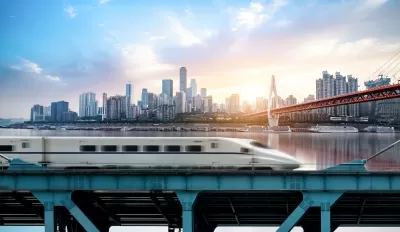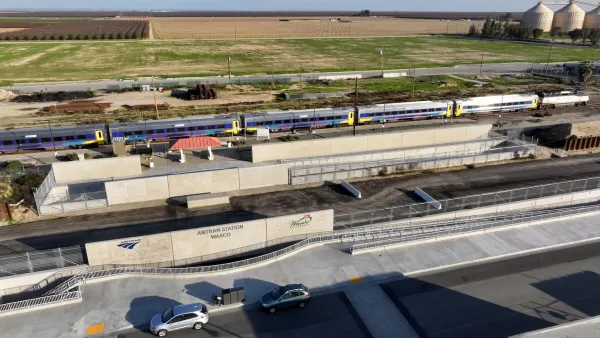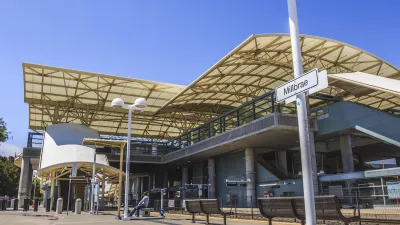The country is building tens of thousands of miles of rail service that is expensive to maintain and, in some cases, redundant.

In the last two decades, China has built over 30,000 miles of high-speed rail, reports Brian Spegele in MSN News. “The plan sticks to a well-worn economic model built on maintaining growth through infrastructure spending—even though China already has much of what it needs.”
However, the country’s rail operator has amassed nearly $1 trillion in debt and liabilities, and questions are being raised about how necessary many of the new rail lines, particularly those running to rural areas, are. “The line connecting Shanghai and the tech hub of Hangzhou, home to Alibaba, drew an average of around 100,000 passenger trips every day during its first decade between 2010 and 2020, according to state media.” But a similar line in rural Fushun County only reported roughly 9,000 daily trips, and some rural lines replicate existing services, rendering them unnecessary.
According to Spegele, “China is now practically duplicating some routes. High-speed trains have operated for years between the inland cities of Chongqing and Kunming, a journey that takes about five hours. China State Railway says a new $20 billion line being built between the cities, following a different path, will cut travel time to about two hours, while supporting the regional economy and promoting national unity.”
FULL STORY: China Is Building 30,000 Miles of High-Speed Rail—That It Might Not Need

Maui's Vacation Rental Debate Turns Ugly
Verbal attacks, misinformation campaigns and fistfights plague a high-stakes debate to convert thousands of vacation rentals into long-term housing.

Planetizen Federal Action Tracker
A weekly monitor of how Trump’s orders and actions are impacting planners and planning in America.

In Urban Planning, AI Prompting Could be the New Design Thinking
Creativity has long been key to great urban design. What if we see AI as our new creative partner?

King County Supportive Housing Program Offers Hope for Unhoused Residents
The county is taking a ‘Housing First’ approach that prioritizes getting people into housing, then offering wraparound supportive services.

Researchers Use AI to Get Clearer Picture of US Housing
Analysts are using artificial intelligence to supercharge their research by allowing them to comb through data faster. Though these AI tools can be error prone, they save time and housing researchers are optimistic about the future.

Making Shared Micromobility More Inclusive
Cities and shared mobility system operators can do more to include people with disabilities in planning and operations, per a new report.
Urban Design for Planners 1: Software Tools
This six-course series explores essential urban design concepts using open source software and equips planners with the tools they need to participate fully in the urban design process.
Planning for Universal Design
Learn the tools for implementing Universal Design in planning regulations.
planning NEXT
Appalachian Highlands Housing Partners
Mpact (founded as Rail~Volution)
City of Camden Redevelopment Agency
City of Astoria
City of Portland
City of Laramie





























